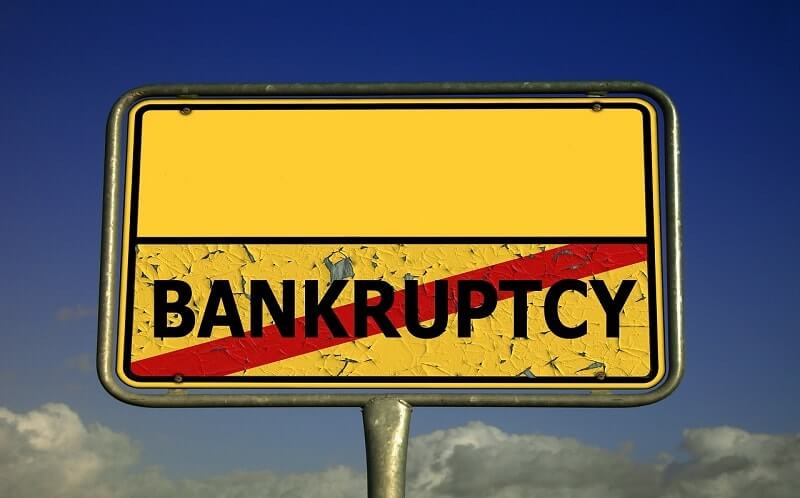Bankruptcy is a big, scary word that many want to avoid at all costs. But the reality is that sometimes it is the best option in order for you to move forward with your financial future. Here we’ll give you a run-down of the first steps to undergoing bankruptcy and break down the process so it is a bit more simple.
It’s important to know that once you’ve decided to petition for bankruptcy, a trustee (government employee) will consider your case and oversee the process. You may or may not have to appear in court, depending on the type of bankruptcy you file. A lot of the work for bankruptcy is just a lot of paperwork rather than legal meetings and court dates.
Types of bankruptcy
There are two types of bankruptcy: Chapter 7 and Chapter 13. Before you file, consider which of these will work best for your financial situation. A Chapter 7 bankruptcy wipes away all your debt, but also requires liquidation of assets to put toward some of the debt. In other words, some or all of your material possessions will go toward paying off some of your debt. People with particularly high income or assets are usually not allowed to file for a Chapter 7 bankruptcy.
A Chapter 13 bankruptcy is for those who make more and pass a means test. This involves restructuring debt and putting a payment plan in place — so even though you’ll get a fresh start after the bankruptcy runs its course, you will still have to pay back some of your debt during the three to five years it is active.
Filing for bankruptcy
There are a number of key steps to filing bankruptcy that you should be aware of before you begin the process. Check with your local bankruptcy courts on the steps and procedures that you would need to take to begin the process, however, it is highly advised to seek the help of a bankruptcy attorney that is knowledgeable and experienced in this area of law.
Take an inventory
This requires gathering together every piece of financial information you can get your hands on. You’ll need details on all the debt you owe, any money you’ve made in any capacity, assets and property deeds, and details like receipts that indicate your cost of living and how much you pay to rent and keep the lights on.
Credit counseling
Once you’ve gathered all of this information, you’ll need to work through credit counseling for six months before petitioning for bankruptcy. This will help you figure out what kind of bankruptcy you should file for, and what your payment plan will look like. It is mandatory and if you don’t attend, your petition to file will likely be rejected.
Meeting of creditors
Once you’ve officially filed for bankruptcy, your creditors will receive notice that this is occurring, and lenders will have the opportunity to meet and question you and your trustee. This step is essential to make sure you understand the process of filing for bankruptcy and the potential consequences in the future. Once you have this meeting, your creditors will also stop trying to satisfy unpaid debts with liens and collection attempts.
Post-bankruptcy credit counseling
Even once you’ve made payments for three to five years or have had your creditors meeting, you’ll need to go through one more round of post-bankruptcy credit counseling. This wraps up the process and at the end of this, your debts will be eliminated.
Though bankruptcy may sound intimidating, once you understand the process, it becomes much more feasible. Find a trustworthy attorney to help you through the process and be sure to attend your credit counseling sessions to ensure a smooth process.
Written by John J Scura III, Esq. Partner, Scura, Wigfield, Heyer, Stevens & Cammarota, LLP

John has been certified by The Supreme Court of New Jersey as a Civil Trial Attorney. Whether it is a personal injury case, bankruptcy case, litigation case or other types of matter, John wants his clients to participate in the decision making process toward solving their problem in the best way possible.



































